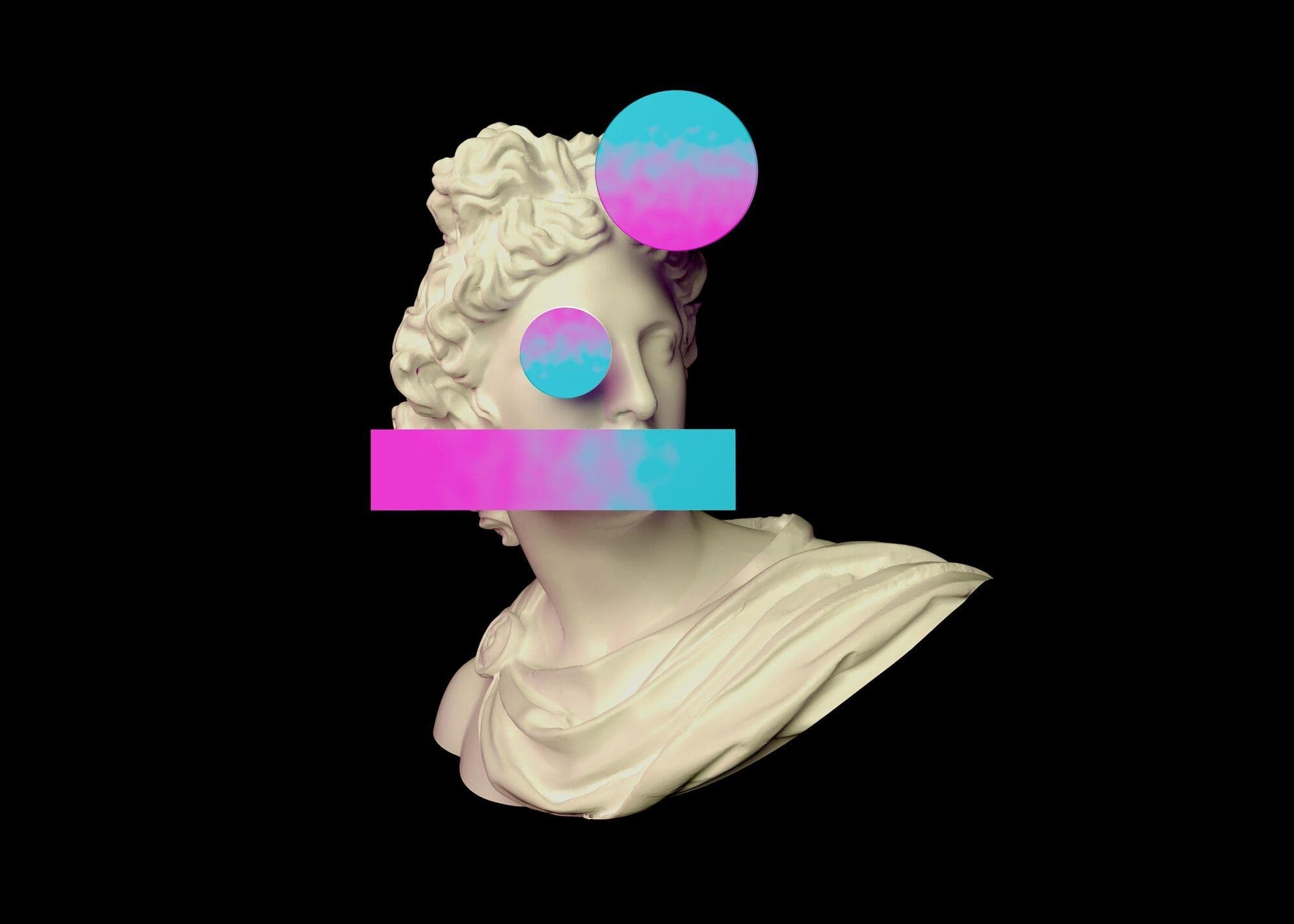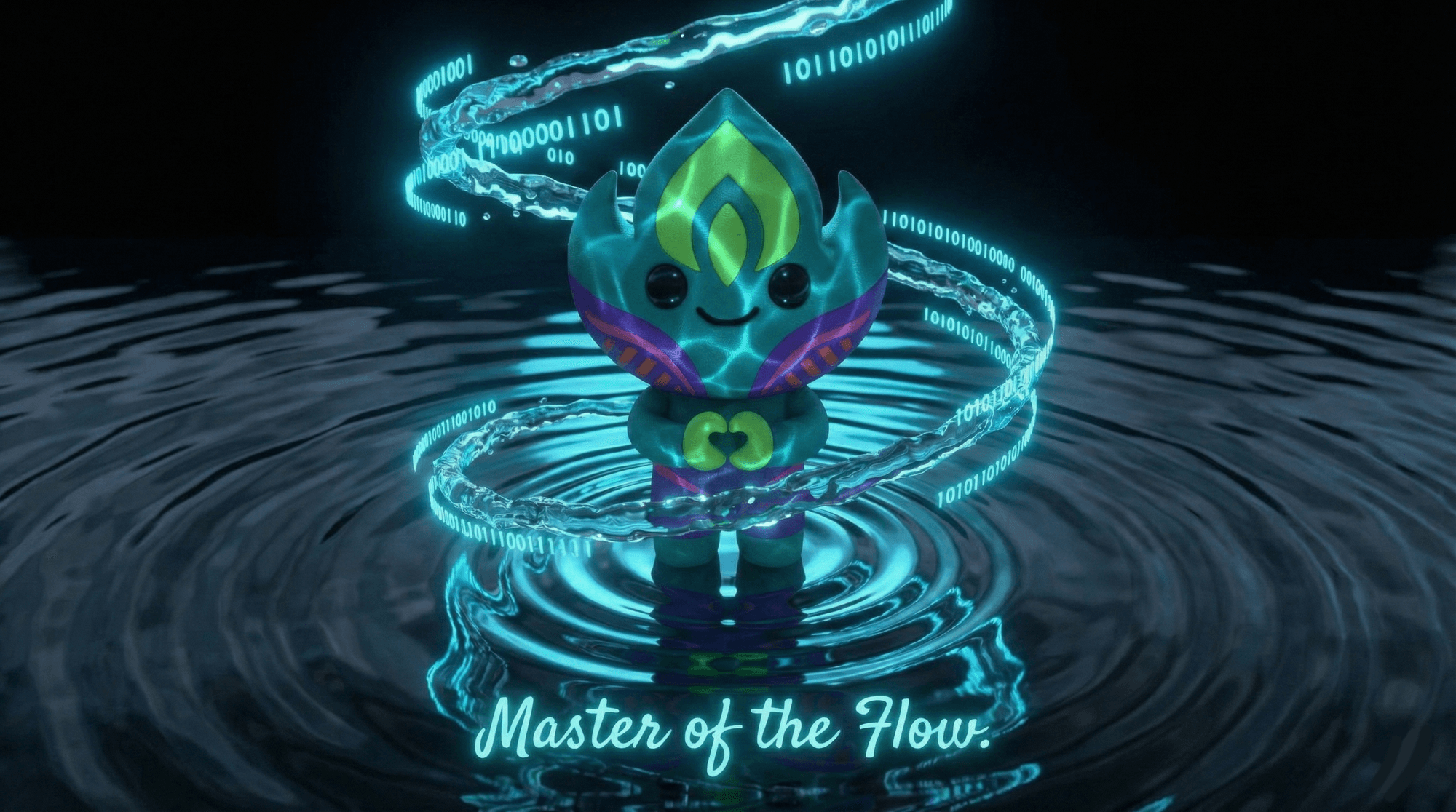
While traditional art collections have long held value in history and culture, NFTs provide a new, digital avenue for collecting and owning artwork. NFTs use blockchain technology to create verifiable digital ownership, which is reshaping how art is bought, sold, and displayed.
In this article, we’ll explore the impact of NFTs on traditional art collections, focusing on the key differences between physical and digital ownership, the benefits NFTs offer to both artists and collectors, the challenges they bring, and how the art world might see traditional and digital art coexist in the future.
NFTs vs. Traditional Art: Differences in Ownership and Value
At the core of the debate between NFTs and traditional art is the issue of ownership. Traditionally, buying art meant acquiring a physical object like a painting or sculpture, with its value tied to the artist’s reputation, rarity, and historical importance.
Ownership was documented through certificates of authenticity and proenance records, which are key in establishing the artwork’s legitimacy.
With NFTs, ownership takes a different form. NFTs exist entirely in the digital world, and ownership is confirmed through blockchain technology. Instead of owning a physical object, the buyer receives a digital token that represents the asset.
This token is unique and cannot be copied or counterfeited, which ensures that the ownership is verifiable and secure.
The Difference in Ownership:
- Physical vs. Digital:
Traditional art can be displayed in homes, galleries, or museums. It is something tangible that people can see and touch. NFTs, on the other hand, are purely digital assets that exist online.
While you can view an NFT on your computer or smartphone, there is no physical object involved. - Proof of Ownership:
In traditional art, ownership is often proven through documentation, including certificates of authenticity and detailed records of past ownership. These documents can sometimes be lost, damaged, or forged.
With NFTs, ownership is recorded on the blockchain, a public ledger that tracks all transactions. This system makes it nearly impossible to fake or lose proof of ownership, as everything is recorded and easily traceable. - Transfer and Access:
Transferring traditional artwork often requires legal contracts and intermediaries, such as auction houses or galleries. NFTs, however, can be bought, sold, or transferred instantly through blockchain transactions.
This ease of transfer makes NFTs more accessible to a global audience and opens up the art market to people who might not have participated in traditional art collection.

The Benefits of NFTs for Artists and Collectors
NFTs provide several advantages for both artists and collectors that traditional art may not offer. For artists, NFTs represent a new way to sell their work, bypass intermediaries, and even generate ongoing revenue from resales.
For collectors, NFTs open up new opportunities to own and trade digital art that was not possible in the past.
For Artists:
- Direct Sales:
In the traditional art world, artists often rely on galleries, curators, or auction houses to sell their work, and these intermediaries usually take a large cut of the sale price. NFTs allow artists to sell directly to buyers through online platforms, which means they keep a greater share of the profits. - Royalties:
One of the most exciting aspects of NFTs for artists is the ability to earn royalties on secondary sales. In the traditional art world, once an artist sells a piece of work, they don’t benefit from any increase in value that occurs later on.
However, with NFTs, artists can build royalties into the token’s smart contract, ensuring that they earn a percentage every time the artwork is resold. This provides an ongoing stream of income, even after the original sale.
For Collectors:
- Accessibility:
Traditional art collecting can be expensive and requires deep knowledge of the art world, making it difficult for newcomers to get involved. NFTs lower the barriers to entry, allowing more people to collect digital art.
Anyone with internet access can buy, sell, or trade NFTs, opening up the art market to a broader and more diverse group of collectors. - Fractional Ownership:
NFTs also introduce the concept of fractional ownership, where a group of people can collectively own a high-value digital asset. This makes it possible for more people to invest in valuable art without needing large sums of money upfront.
Fractional ownership helps democratize the art world, giving more people the chance to participate.

Challenges NFTs Pose to Traditional Art Collections
While NFTs offer exciting opportunities for artists and collectors, they also bring several challenges.
From concerns about value stability to environmental impacts and legal questions, NFTs are not without their problems.
Challenges:
- Value Volatility:
One of the biggest concerns with NFTs is their highly unpredictable value. Unlike traditional art, which generally has a more stable market, NFT prices can fluctuate wildly based on trends, hype, and speculation.
This has led some collectors to worry that NFTs might not be a reliable long-term investment. - Environmental Impact:
The blockchain networks that power NFTs, particularly Ethereum, use a large amount of energy to validate transactions. This high energy consumption has led to criticism that NFTs contribute to environmental harm.
Some artists and collectors are hesitant to engage in a market that adds to the carbon footprint. - Legal and Copyright Issues:
NFTs have also raised questions about legal ownership and copyright. While owning an NFT gives the buyer control over the digital asset, it does not necessarily grant them the copyright to the underlying artwork.
This has created confusion and legal disputes over how the artwork can be used or reproduced. In contrast, the traditional art world has well-established legal frameworks to handle issues related to copyright and ownership.
Fact: According to a report by Digiconomist, a single Ethereum transaction consumes as much energy as a typical U.S. household uses in about a week. This has prompted some blockchain developers to work on more energy-efficient solutions.

Can NFTs and Traditional Art Coexist?
As NFTs continue to grow in popularity, many wonder if they will eventually replace traditional art collections or if the two will coexist. While NFTs provide a new and innovative way to collect art, traditional art will always hold a place due to its deep cultural and historical roots.
The two types of art may evolve together, creating hybrid collections that combine both physical and digital elements.
Some galleries and museums have already started embracing NFTs, seeing them as a way to attract new audiences and offer a modern twist on art collecting. As digital art continues to develop, collectors may find that owning both physical and digital pieces gives them a broader and more diverse collection.
Final Thoughts
NFTs have introduced new ways for artists and collectors to engage with art, offering greater accessibility, security, and financial opportunities. While traditional art will always be valued for its tangible qualities and historical significance, NFTs offer a digital future that could coexist with the past.
Understanding how NFTs are changing the art landscape will help collectors, artists, and investors navigate the next phase of art ownership.
Was this read helpful? If you want to get deeper into NFTs and blockchain technology, visit our site TradePort.xyz. Take advantage of tools like the TradePort API and explore a wide range of blogs and insights, all available for free!
And visit our X/Twitter for everything about the latest news and tips by following TradePort




